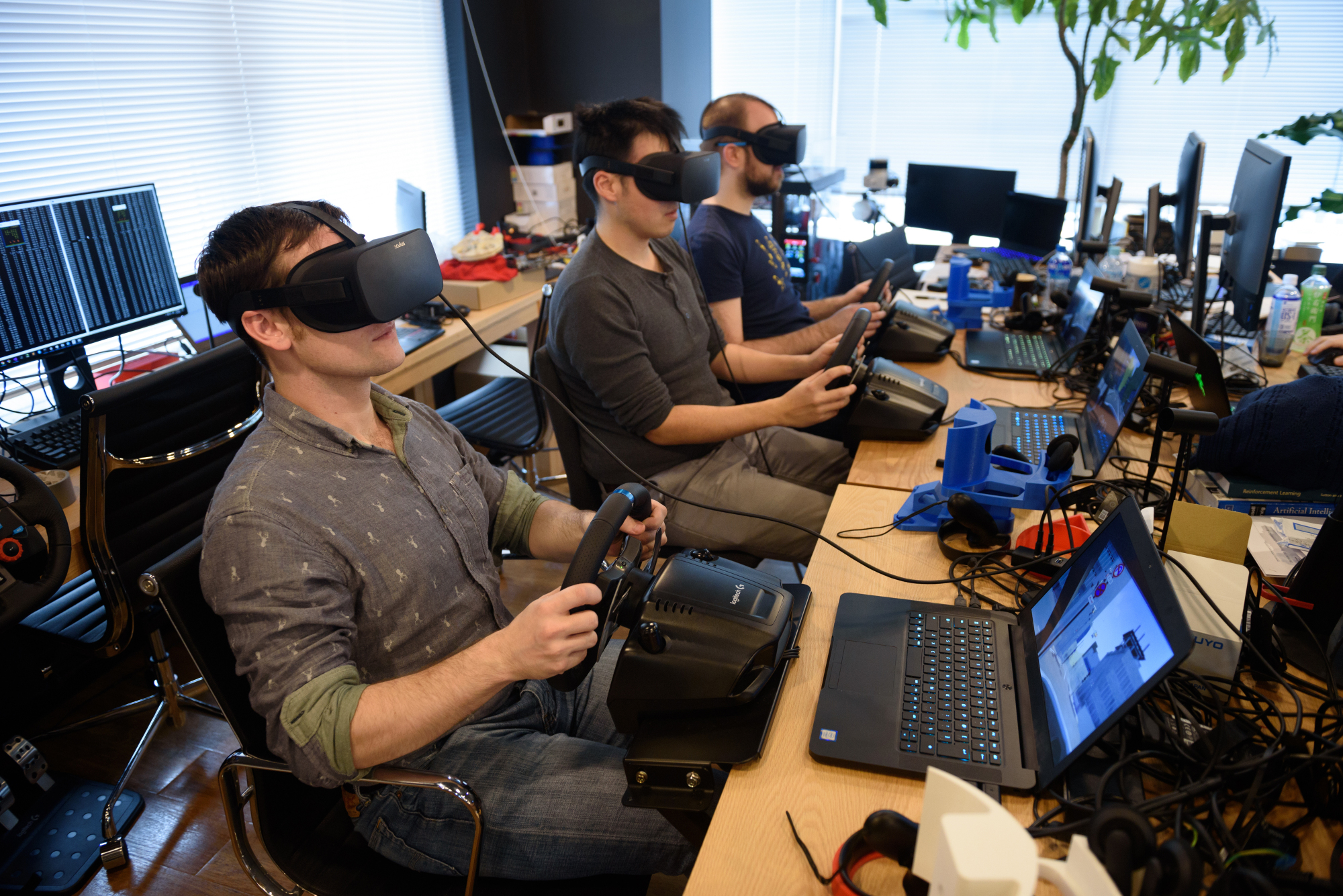Medical schools at universities are becoming unprecedentedly popular among high school students seeking to advance to higher education. Many high schools' websites exhibit not only the number of graduates who have successfully entered well-known national, public and private universities, but also how many have been admitted into medical schools at national and public institutions.
A medical school boom first started in the United States in the late 1960s and spread to Japan around 1970, apparently reflecting a transition from an industrial to a post-industrial society. Thereafter the medical school boom kept overheating in Japan and career guidance teachers at high schools pushed outstanding students to take the entrance exams of medical schools irrespective of their will.
In the 1960s, natural sciences and engineering were the leading forces of society. Students majoring in engineering, physics and chemistry were lionized as being instrumental in achieving technological innovations, which would contribute to achieving rapid economic growth. High school students throughout the country yearned to join the engineering and natural science departments at the University of Tokyo, the electric and electronic engineering department at Kyoto University and the science department at Kyoto University, which produced Hideki Yukawa and Shinichiro Tomonaga, who won the Nobel Prize in physics in 1949 and 1965, respectively.

















With your current subscription plan you can comment on stories. However, before writing your first comment, please create a display name in the Profile section of your subscriber account page.